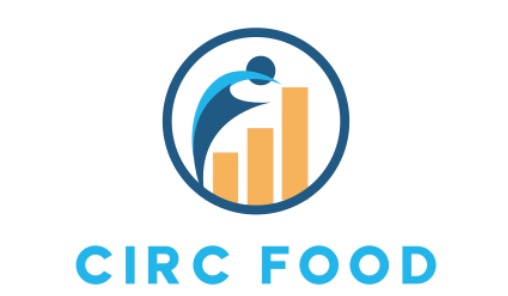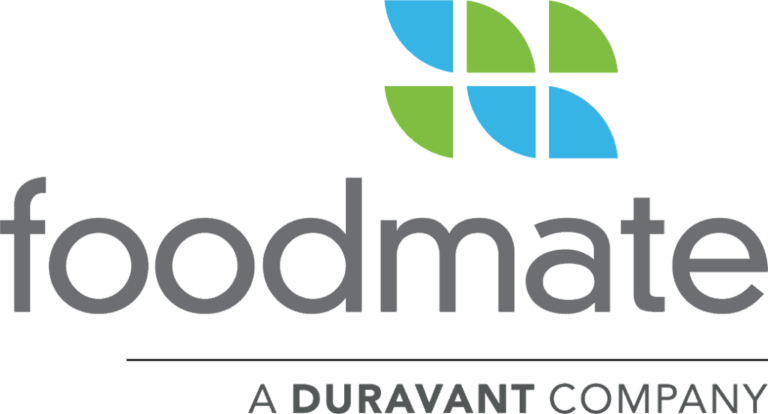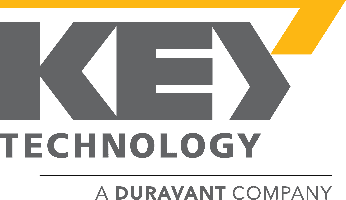The Future of Pet Food Processing Equipment Innovations Shaping the Global Market
The pet food industry is undergoing a transformative phase, driven by innovative advancements in Pet Food Processing Equipment. As reported by the Global Pet Food Market Study, the sector is projected to reach a staggering $132 billion by 2025, fueled by rising pet ownership and evolving consumer preferences for high-quality, nutritious pet food. Innovations in processing equipment are at the forefront of this growth, enabling manufacturers to enhance efficiency, improve product safety, and meet the increasing demand for premium pet food products. Enhanced automation, advanced formulation capabilities, and environmentally friendly processing technologies are revolutionizing the market landscape. This blog will explore the various types of Pet Food Processing Equipment innovations that are shaping the global market, highlighting key comparisons and trends that are setting the stage for the future of pet nutrition.

Emerging Technologies Transforming Pet Food Processing Methods
Emerging technologies are continuously reshaping the landscape of pet food processing methods, driving innovations that echo the broader trends within the food industry. One of the most promising avenues is the application of “Food Processing 4.0” principles, which harness advanced technologies such as artificial intelligence (AI) and machine learning. These tools enable manufacturers to optimize their operations, significantly reduce waste, and ensure higher quality assurance. AI-driven solutions in food manufacturing are not only streamlining processes but also setting a standard for sustainability by creating efficiencies that were previously unattainable.
Furthermore, the transformation of by-products into high-value nutritional resources is a crucial trend toward a more circular economy in pet food production. Utilizing components like animal plasma as a protein source exemplifies how the industry can tap into eco-friendly resources while minimizing waste. This approach not only enhances the nutritional profile of pet food but also aligns with the increasing consumer demand for sustainability. As these technologies evolve, the pet food sector is positioned to follow suit, embracing innovative processing methods that prioritize both health and environmental stewardship.
The Future of Pet Food Processing Equipment Innovations
This chart illustrates the investment in various innovations in pet food processing equipment, highlighting the focus areas for growth and development in the industry. The data reflects the increasing emphasis on advanced technologies to enhance the efficiency and quality of pet food production.
Key Innovations in Equipment for Enhanced Pet Food Quality
The pet food industry is witnessing significant transformations driven by innovations in processing equipment, aimed at enhancing the quality of pet food products. One of the key advancements is the integration of smart technology in processing machinery. These innovations allow for real-time monitoring and adjustments during production, ensuring optimal nutrient retention and consistency. By using sensors and IoT connectivity, manufacturers can track various parameters, such as temperature and humidity, which are crucial for maintaining the integrity of ingredients.
Another remarkable trend is the shift towards sustainable processing equipment. As consumers become more environmentally conscious, there is a growing demand for machinery that minimizes waste and energy consumption. Enhanced equipment designs focus on eco-friendly materials and processes, such as energy-efficient cooking technologies that preserve nutrients while reducing carbon footprints. Additionally, advancements in extrusion technology not only improve the texture and taste of pet food but also enable the use of alternative protein sources, catering to the needs of health-conscious pet owners. These innovations are reshaping the landscape of pet food processing, leading to higher standards of quality and sustainability in the global market.
The Future of Pet Food Processing Equipment Innovations Shaping the Global Market
| Innovation Type | Description | Benefits | Market Impact | Future Trends |
|---|---|---|---|---|
| High-Pressure Processing | A method that uses high pressure to kill pathogens while maintaining nutritional value. | Improved food safety and extended shelf life. | Growing demand for safe and nutritious pet food products. | Increased adoption in small-scale manufacturers. |
| Automated Mixing Systems | Systems that incorporate automation to mix ingredients more efficiently. | Enhanced ingredient uniformity and reduced labor costs. | Increase in production capacity for manufacturers. | Emergence of smarter, AI-integrated systems. |
| Ingredient Sourcing Technologies | Techniques to track and verify the quality of raw materials. | Transparency and higher trust in product quality. | Driving growth in premium pet food segments. | Rise in demand for sustainability and ethical sourcing. |
| Smart Packaging | Packaged solutions that include sensors to monitor freshness. | Reduction in food waste and enhanced consumer confidence. | Potentially expands market due to higher consumer acceptance. | Integration with IoT for data collection and monitoring. |
| Extrusion Technology | Advanced methods to create kibbled pet foods with enhanced digestibility. | Easier digestion and better nutrient absorption. | Higher production efficiency and product diversification. | Emergence of alternative proteins in extrusion processes. |
Sustainability Trends Driving Changes in Processing Equipment
In recent years, the pet food industry has witnessed a significant paradigm shift, largely driven by sustainability trends. Consumers are increasingly demanding products that not only cater to the nutritional needs of their pets but also have a minimal environmental footprint. This shift has propelled manufacturers to re-evaluate their processing equipment to incorporate more sustainable practices. Innovations such as energy-efficient machinery, water-saving technologies, and the use of biodegradable materials are now at the forefront of pet food processing.
Furthermore, companies are exploring alternative protein sources, such as insect meal and plant-based ingredients, which require specialized processing techniques. These advancements not only enhance the nutritional quality of pet food but also align with environmental conservation efforts. As manufacturers invest in modern equipment that supports sustainable production, we can expect a ripple effect across the global market, with increased emphasis on ethical sourcing and waste reduction. This evolution in processing equipment is set to redefine the pet food landscape, making sustainability a cornerstone of future innovations.
The Role of Automation in the Future of Pet Food Manufacturing
Automation is rapidly transforming the pet food manufacturing industry, driving efficiency and enhancing product quality. With advancements in technology, automated systems are streamlining processes that were once labor-intensive. From ingredient handling and mixing to cooking and packaging, automation minimizes human error and ensures consistency in production. This not only speeds up operations but also allows manufacturers to meet the growing demand for premium pet food with unique formulations.
Furthermore, automation facilitates real-time monitoring and data collection, enabling manufacturers to optimize their production lines. By utilizing smart sensors and machine learning algorithms, companies can identify inefficiencies and adjust parameters on-the-fly, resulting in lower waste and improved resource management. As the global pet food market continues to evolve, embracing automation will be crucial for manufacturers aiming to remain competitive and responsive to consumer trends. This shift not only enhances operational capabilities but also aligns with the increasing consumer preference for high-quality, responsibly sourced pet products, ultimately reshaping the future of the industry.
Consumer Preferences Impacting the Design of Processing Equipment
As the pet food industry continues to evolve, consumer preferences are playing a pivotal role in shaping the design and functionality of processing equipment. With a growing demand for high-quality, nutritious pet food, manufacturers are increasingly investing in innovative processing solutions that can cater to these needs. The incorporation of advanced technologies such as machine learning and computer vision is revolutionizing the production line, allowing for more precise quality control and improved efficiency. This shift not only enhances product quality but also accelerates the production process, ensuring that manufacturers can meet the rising expectations of pet owners.
Furthermore, environmentally conscious consumers are influencing equipment designs that prioritize sustainability. Producers are now seeking machinery that minimizes waste and energy consumption, aligning with the preferences of modern pet owners who value eco-friendly practices. This trend is pushing the industry towards adopting more responsible manufacturing processes, which include using recyclable materials and reducing the overall carbon footprint. As a result, the future of pet food processing equipment promises to be more than just functional; it will embody the values and preferences of consumers, ultimately leading to a more sustainable and innovative market.
Related Posts
-

How to Identify Top Suppliers for Best Food Processing Industry Equipment Globally
-

10 Essential Tips for Sourcing High Quality Beef Processing Equipment Globally
-

Innovative Examples of Meat Food Processing Equipment for Modern Kitchens
-

Leading Global Manufacturers in Industrial Food Processing Equipment Exporting Excellence
-

Elevate Your Business with China's Premier Turkey Processing Equipment: Quality Crafted for Global Success
-

5 Tips for Choosing the Best Food Processing Industry Equipment to Boost Your Efficiency









